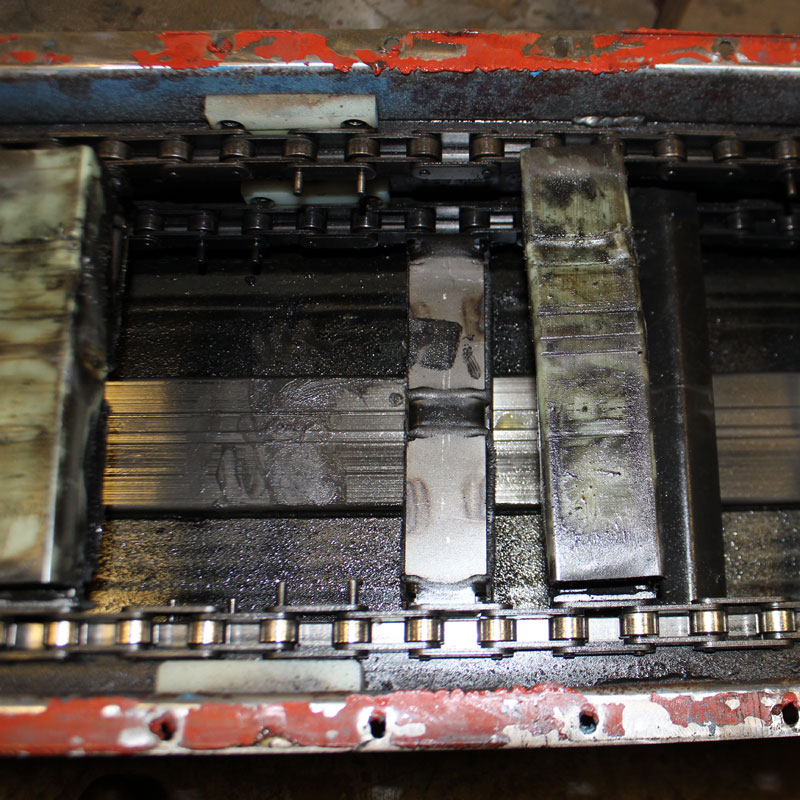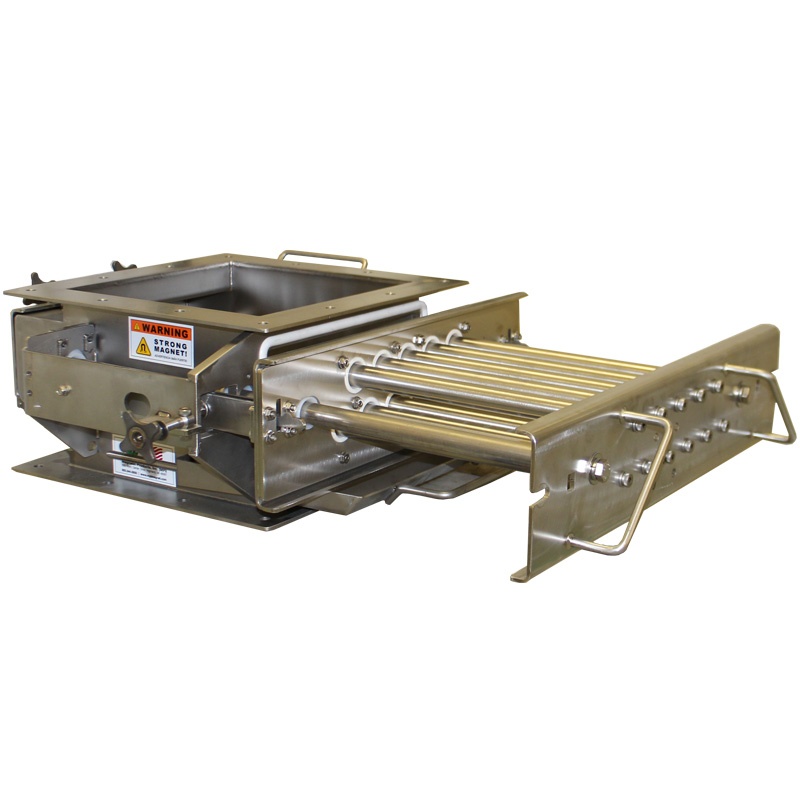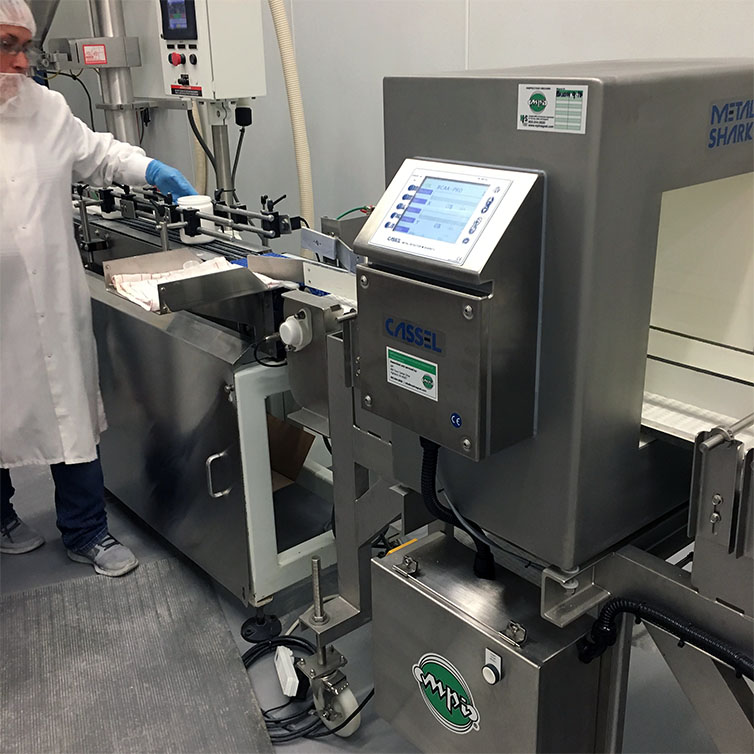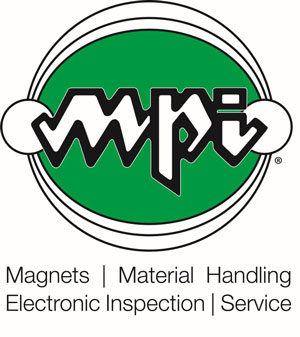Pull Strength Testing is Better Than Gauss Strength Testing And Here is Why
When a magnet’s strength increases over time, that is NOT a good thing. When a magnet’s values go up it indicates that the walls, housing, or face of your tube magnet are thinning. This is most likely due to abrasion by your product flow. It can also occur by not choosing the right equipment for your application.
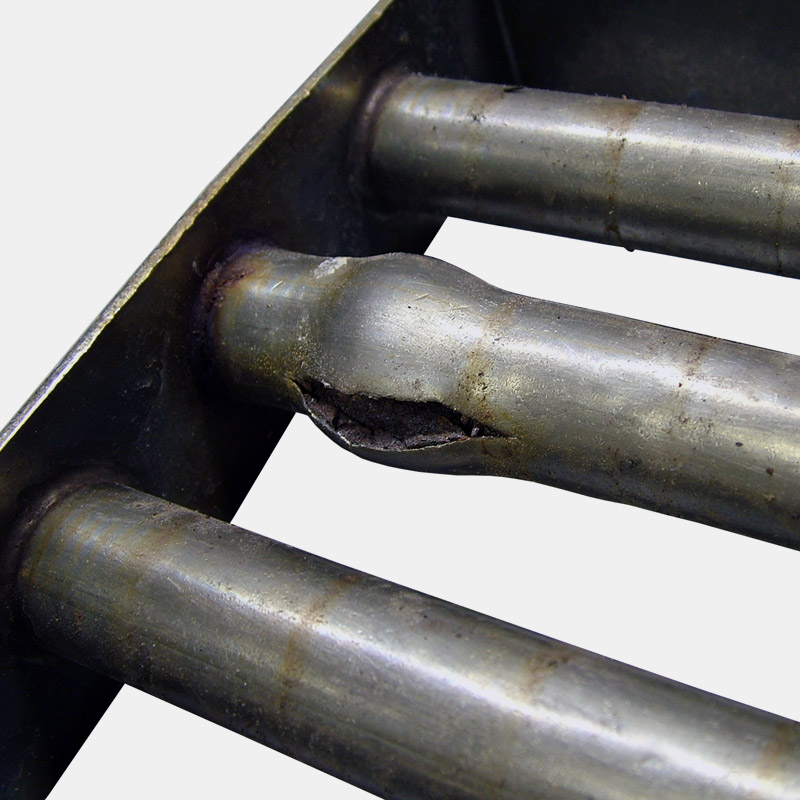 Testing your magnets’ strength will allow you to monitor their performance. When you notice an increase in values, the unit should be replaced before raw magnet material is exposed.
Testing your magnets’ strength will allow you to monitor their performance. When you notice an increase in values, the unit should be replaced before raw magnet material is exposed.
There are two methods to measure a magnet’s strength — Gauss and Pull Strength Testing. Both methods can define a magnet’s circuit design and field gradient. But, what is the difference? Which should you choose?
Gauss Strength Testing
Gauss measurement is one way to measure a magnet’s field strength. It’s accomplished with a gauss meter. A gauss meter is an electronic device that is very sensitive and capable of measuring the lines of flux in a magnet’s working air gap using a hand-held probe. Moving the probe around the magnet will cause the values to fluctuate. But, a gauss meter is not the preferred method in measuring a magnet’s strength. Here are some issues:
- A gauss meter is too sensitive. So sensitive in fact that it is impossible to gain a reliable, repeatable value for any given magnet.
- A gauss meter is an electronic device and is susceptible to improper calibration. Most gauss meters need to be re-calibrated between each measurement.
- Even with proper calibration and control, the slightest movement of the probe in the magnet’s working air gap will generate a different result or value.
Pull Strength Testing
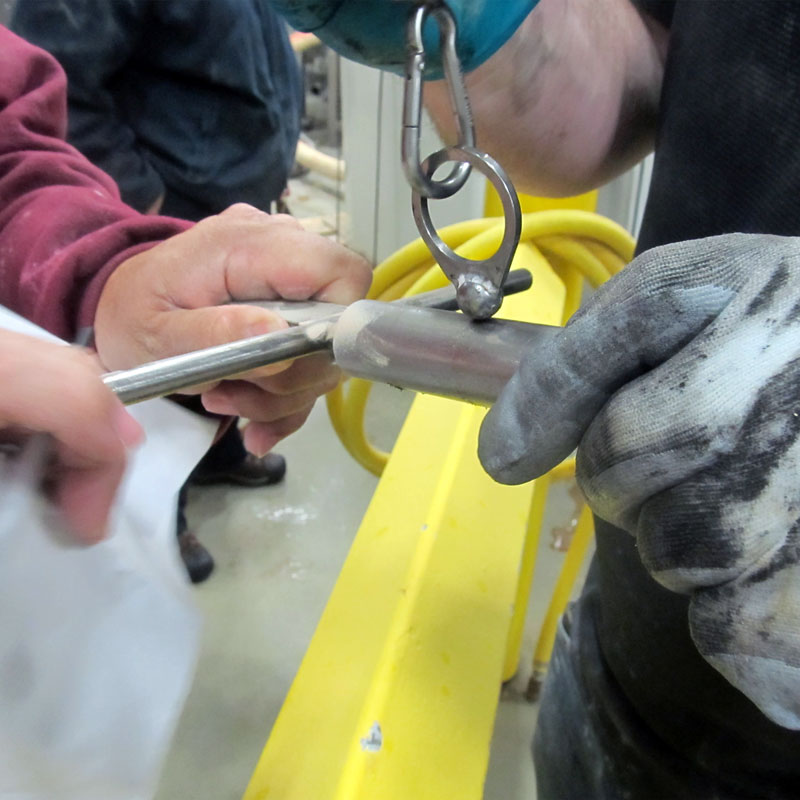
The other option is to use a pull test device.
With pull testing, a known ferrous object (a sphere or steel ball of a given diameter) is placed on the magnet’s working surface. Attaching the sphere to a scale, we now measure when the ferrous object breaks away from the magnet’s surface.
This is measured in pounds and/or ounces depending on factors such as magnet type (ceramic or rare earth, plate magnet, or grate magnet, etc.) for each test.
We can also measure the magnet’s gradient or change in magnetic strength as the gap from the magnet’s working surface is increased using a non-ferrous spacer such as aluminum. This becomes important where a magnet is required to capture metals from a distance away from the magnet’s surface.
Why We Recommend Pull Strength Testing
After more than 30 years of conducting customer plant audits, MPI has found that the pull test method meets the most stringent quality programs such as HACCP, TQM, BRC, etc.
This data is very useful to the end user. It allows prioritization for future magnet upgrades. Thereby meeting the ever-increasing higher quality standards. We also find the pull test is an easy method we can use to train our customers. This permits self- auditing and autonomy — a critical component when magnets as part of your quality program.
A good metal control program includes proper documentation of magnet inspection. That documentation includes magnet inspection intervals, metals capture, and current conditions and/or concerns for all magnets used in a process.
About Magnetic Products, Inc.
MPI is based in Metro-Detroit Michigan. We design, manufacture and service magnets, material handling and electronic inspection systems.
MPI products are complete metal and foreign contamination control solutions. We serve food production and related industries. Our equipment and service programs help our customers cut downtime.
MPI protects your brand integrity by offering safe and reliable equipment.
MPI leads the industry. We engineer inventive products. Through significant investments in research and development and proactive product training, we advance customer education.
All MPI equipment is backed by our best in class service programs, customer service team, and support team. MPI interacts with our customers. We expand our offerings to meet the changes of a dynamic and ever-changing marketplace
For further information, contact us.



